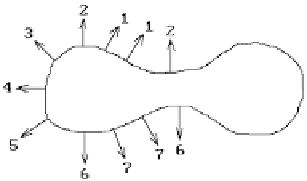Graphics Reference
In-Depth Information
Figure 7.19.
An inflection point case with angle
trackers.
Feature
Equations
boundary curves of patches
Y (0,v)
=
Yscan
Y (u,0)
=
Yscan
Y (1,v)
=
Yscan
Y (u,1)
=
Yscan
silhouette edges
Y (u,v)
=
Yscan
n
z
(u,v)
=
0
local maxima or minima
∂
Y/
∂
u (u,v)
=
0
∂
Y/
∂
v (u,v)
=
0
segments of x-scan
Y (u,v)
=
Yscan
X (u,v)
=
Xscan
The equations are solved by making initial guesses and then using a Newton-Raphson
iteration. One has a current active segment lists with segments being created and
deleted and one sorts to find visible points. Blinn used heuristics to handle the many
problems that arose.
We mention several other curved surface algorithms:
The Whitted Algorithm
([LCWB80])
.
This algorithm generalized the handling of
surface patches bounded by straight lines to the case where boundaries are cubics.
It avoided the problem of polygonal silhouettes but had problems with internal
silhouettes and numerical techniques.
The Carpenter-Lane
([LCWB80]) and
Clark
([Clar79])
Algorithms.
These algo-
rithms, like Catmull's algorithm ([Catm75]), use a subdivision technique that ends up
subdividing patches until they are flat enough so that they can be approximated by
planar polygons. The polygons are then scan converted using a standard approach.
The approximation is as good as the view requires but not a priori. Unlike Catmull's
algorithm, these are scan line algorithms. A problem that the algorithms have to worry
about is that cracks can appear in the image if adjacent patches are not approximated
carefully.
Blinn's algorithm is actually more general than either the Whitted or Carpenter-
Lane algorithms.
7.11
Adding Antialiasing
So far in our discussion of visible surface algorithms, we have only touched on the
aliasing issue. In fact, these algorithms often have antialiasing techniques built into
them. Some general references that have a lot more material on antialiasing methods
than we shall mention here are [MagT87], [FVFH90], [WatW92], and [Roge98].



